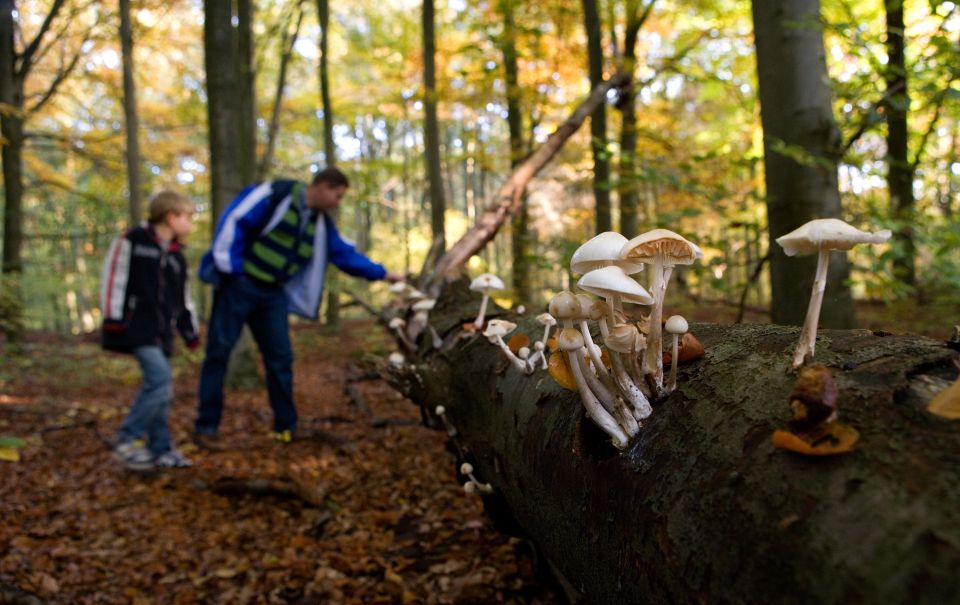
The Voorsterbos wood is the first fungal paradise in Europe. Of the 3500 varieties of fungi found in the Netherlands, at least 800 grow in the Voorsterbos. That makes it an ideal place in Flevoland!
If you look closely, you’ll find seashells in the Voorsterbos. It’s a bit strange, seashells in the woods. They remind us of the time that the Voorsterbos was not a wood, but part of the Zuiderzee. They are very good for the nature because they increase the calcium content of the soil. Chalk promotes the growth of fungi and special plants like eggleaf twayblade orchid, hart's-tongue fern and broad-leaved helleborine.
There is boulder clay from the last I…
The Voorsterbos wood is the first fungal paradise in Europe. Of the 3500 varieties of fungi found in the Netherlands, at least 800 grow in the Voorsterbos. That makes it an ideal place in Flevoland!
If you look closely, you’ll find seashells in the Voorsterbos. It’s a bit strange, seashells in the woods. They remind us of the time that the Voorsterbos was not a wood, but part of the Zuiderzee. They are very good for the nature because they increase the calcium content of the soil. Chalk promotes the growth of fungi and special plants like eggleaf twayblade orchid, hart's-tongue fern and broad-leaved helleborine.
There is boulder clay from the last Ice Age in the ground. It does not readily allow water to percolate through, making the area unsuitable for agriculture. The foresters planted a wide range of trees because they did not know which ones would thrive there. Look out for the variety of trees along the cycle path.